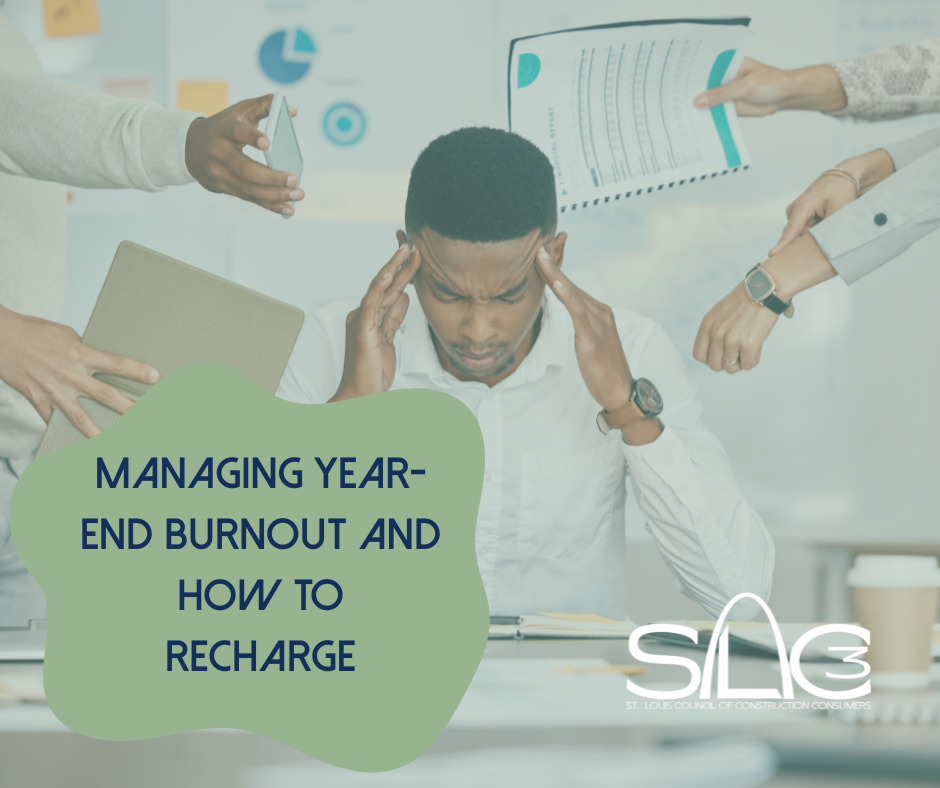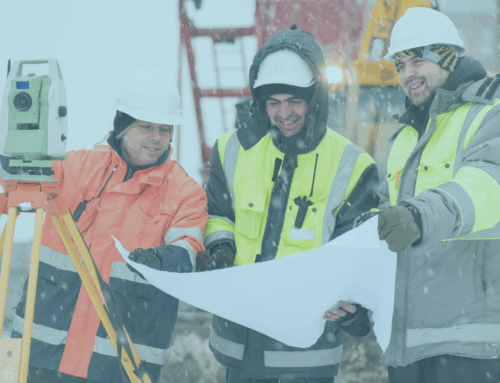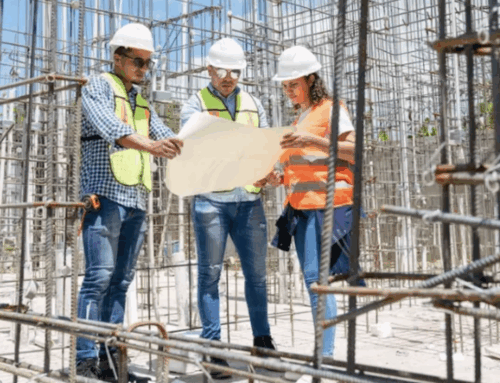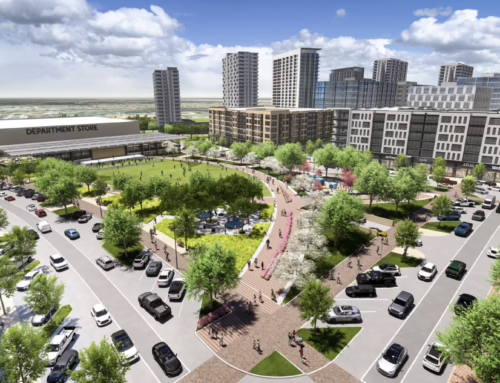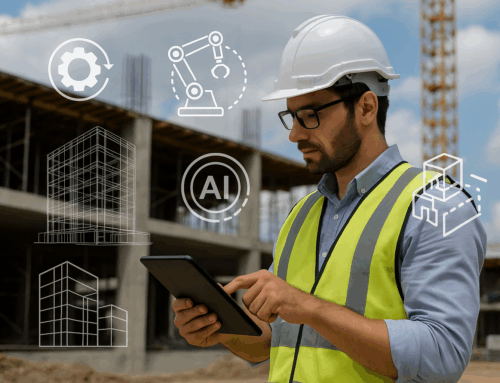For professionals in architecture, engineering, and construction, the end of the year can feel like a sprint to the finish line. Tight project deadlines, client presentations, permit approvals, and year-end reporting often pile up just as the holidays and shorter, colder days arrive. It’s no wonder that many in the AEC community experience end-of-year burnout—a combination of physical, mental, and emotional fatigue that can leave even the most dedicated teams drained.
Recognizing burnout and taking proactive steps to address it is critical. Not only does it improve well-being, but it also ensures that teams can start the new year energized, focused, and ready to tackle ambitious projects.
Recognizing the Signs of Burnout
Burnout can manifest in several ways, and understanding the warning signs is the first step in preventing it from escalating:
- Physical: Fatigue, headaches, disrupted sleep, or lowered immunity.
- Emotional: Irritability, frustration, decreased motivation, or feeling detached from work.
- Cognitive: Difficulty concentrating, forgetfulness, and reduced creativity.
If you find yourself checking off several of these symptoms, it may be time to pause and take intentional steps to recharge.
Why the End of the Year Hits Hard in AEC
Several factors make burnout especially prevalent in the AEC industry as the year draws to a close:
- Project Deadlines and Deliverables: Many firms push to finish construction milestones, complete design iterations, or finalize year-end reports, creating intense workload peaks.
- Seasonal Changes and Holidays: Shorter days and reduced sunlight can sap energy and mood, while holiday obligations—family gatherings, travel, and financial pressures—add extra stress.
- Cumulative Stress: Months of high-pressure projects, multitasking, and coordinating across teams and disciplines can take a toll.
- Work-Life Imbalance: Overlapping deadlines often require long office hours or site visits, leaving little time for personal recovery.
Tips to Alleviate End-of-Year Burnout
Here are practical strategies tailored to the AEC community:
- Plan for Downtime: Schedule short breaks between projects or reserve personal time during the holidays.
- Prioritize Tasks: Focus on high-impact deliverables and defer less urgent work where possible.
- Set Boundaries: Limit after-hours emails or unnecessary site visits to protect personal time.
- Connect with Your Team: Celebrate successes and share challenges—support from colleagues helps prevent isolation.
- Stay Active: Exercise, stretching, or walking can reduce fatigue and boost mental clarity.
- Leverage Natural Light: Exposure to sunlight or outdoor breaks can counter seasonal fatigue.
- Reflect and Celebrate: Acknowledge project milestones and personal achievements from the past year.
- Seek Support: Use HR resources, mentorship, or wellness programs if stress becomes overwhelming.
Preparing for a Strong Start in the New Year
Recharging isn’t just about recovery—it’s also about setting up for success in the year ahead:
- Set Intentions, Not Just Goals: Focus on wellness habits, workflow improvements, and professional growth.
- Plan Ahead: Start the year with realistic timelines, clear priorities, and adequate resource allocation.
- Build Resilience: Incorporate stress management routines, regular team check-ins, and mindfulness practices.
- Streamline Workflows: Identify ways to improve communication, collaboration, and documentation processes.
By taking these steps, AEC professionals can enter the new year with energy, focus, and confidence.
End-of-year burnout is common in the fast-paced world of architecture, engineering, and construction, but it doesn’t have to define your year’s end. Recognizing the signs, addressing seasonal and holiday stressors, and implementing proactive strategies can help professionals recharge, maintain well-being, and enter the new year ready to thrive.
After all, the healthiest teams—and the most successful projects—start with professionals who are energized, focused, and supported.

